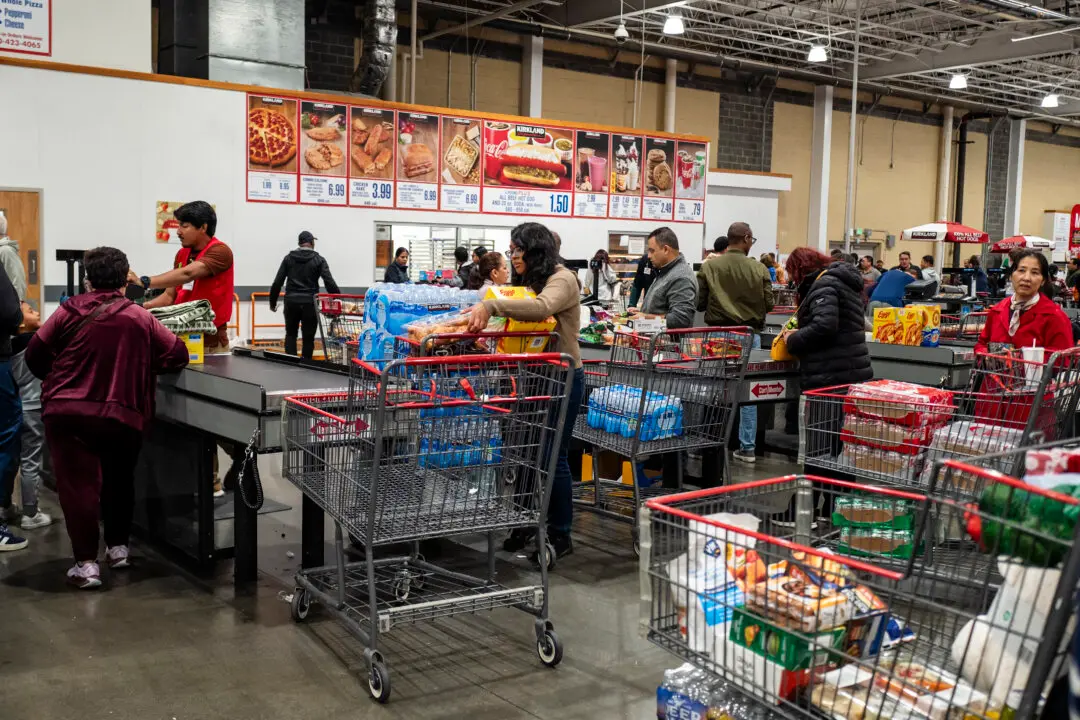National rent prices rose to a near-record high in August as inventories failed to keep up with demand, according to a new report from Rent.
Research found that median national rent prices advanced 0.71 percent month over month, to $2,052, bringing rent levels within $2.00 of last year’s all-time high of $2,054. This was up from the previous month’s 0.41 percent increase.





